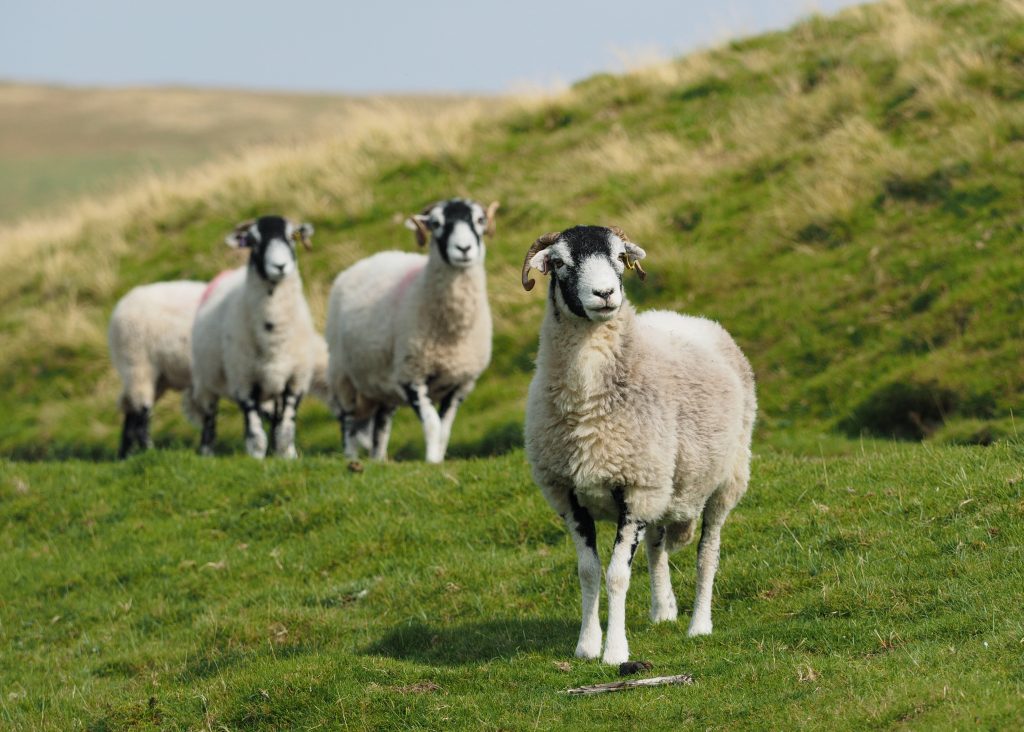
How many apples is one orange?
We all know this question doesn’t make sense. Yet a very similar question (and answer) is baked into how we think about climate change and is at the heart of much public policy on the subject. It’s time to rethink.
Just as apples and oranges are both fruit, so carbon dioxide and methane are both greenhouse gases, but the similarity ends there. Crucially, carbon dioxide sticks around in the atmosphere, while methane breaks down and disappears over a smallish number of years.
Climate scientists try very hard to make really complex stuff understandable to people busy getting on with other things. So they convert all greenhouse gas emissions into a single ‘carbon equivalent’ so that we only have a single number to deal with – and let’s face, it’s still pretty hard to take in.
But how do you convert the impact of something that decays quickly (methane) into an equivalent of something that doesn’t decay at all (carbon dioxide)? For all sorts of understandable reasons, scientists currently use a multiplier of 28 when converting methane to carbon dioxide. That is to say, one tonne of methane emission is considered equal to 28 tonnes of carbon dioxide. This high conversion factor is behind much of the lambasting of livestock farming (specifically sheep and cows) as major drivers of global warming. However, there is growing realisation amongst climate scientists that comparing methane and carbon dioxide in this way (regardless of the multiplier used) is just like counting oranges as apples – it doesn’t make sense.
Here’s why.
Consider a power plant burning fossil fuels. Every year it adds carbon dioxide to the atmosphere which builds up year on year, fuelling global warming. Were it to shut down and stop generating carbon dioxide, you would consider that it is no longer adding to global warming. Makes sense?
Now consider a herd of cows that has been the same size for a decade or more. The methane it released in the past is breaking down at roughly the same rate as the methane it is currently releasing. There is no overall increase in atmospheric methane so long as the herd size is constant. In other words, a ‘steady state’ herd or flock is the same as a power plant that has shut down.
Let me re-state that because it’s important:
A steady-state flock or herd does not increase the amount of methane in the atmosphere.
There is no new science here. No controversy. The point I’m making is fully understood by the IPCC (the United Nations panel of world-leading climate scientists). The issue is that a simplification that was contrived for all the right reasons has run away with itself and distorted opinion and policy. As Oxford University’s Professor Myles Allen says: ‘The problem with developing a concept is that people might use it. Worse they might use it and ignore all the caveats that attended its development. This is more or less what happened…’.
I’m not saying anything about what anyone should or shouldn’t do with regard to meat. And I’m not saying that methane reduction isn’t worthwhile. But I am saying that it’s ok to look at a traditional pasture full of sheep or cows without worrying that their ruminations are killing the planet. And if anyone tells you that their methane emissions are 28 times worse than carbon dioxide emissions, you can smile and say ‘Actually…’.
Further Reading
Cain, Michelle (2018), A new way to assess ‘global warming potential’ of short-lived pollutants, at https://www.carbonbrief.org/guest-post-a-new-way-to-assess-global-warming-potential-of-short-lived-pollutants
Farlie, Simon (2019), A Convenient Untruth, at http://www.thelandmagazine.org.uk/articles/convenient-untruth-1
Oxford Martin School, University of Oxford (2018) New methane emissions metric proposed for climate change policy at https://www.oxfordmartin.ox.ac.uk/news/2018-news-climate-pollutants-gwp/
Excellent article – thank you for the clear explanation for non-scientists. If only politicians explained things equally clearly.